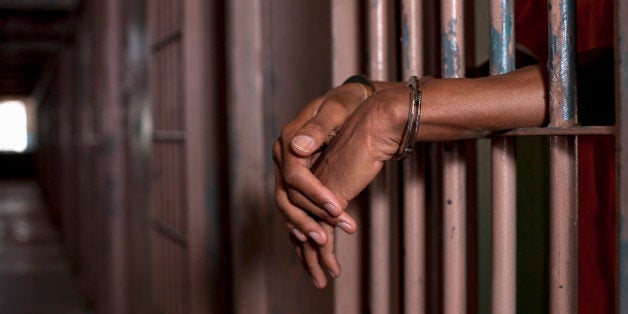
Although Richard Nixon declared war on drugs in 1971, we must look to an economic and historic analysis of anti-drug laws in the U.S. to put the "war" into context. In the late 18th and well into the 19th century, before the drug-conviction craze, the issue of addiction was dealt with as a public-health issue and not as a criminal one. Addicts received help through treatment and were seen as deserving of empathy -- or, at the very least, understanding and sympathy -- instead of punishment. At the start of the 20th century, the introduction of drug-prohibition laws seemed almost undeniably linked with ethnic minorities: Asians were associated with opium or heroin; Latinos were tied to hemp or marijuana; and later, African Americans were linked to crack cocaine while low-income whites were associated with methamphetamine. But whatever the new drug of choice was at the moment, the propaganda and rhetoric stayed the same.
When exclusionary government programs (e.g., the Federal Housing Administration of the New Deal) segregate people from the economic centers of society, the segregated people will create their own economics. Prohibition laws make perfect sense if they decrease accessibility of illicit drugs, reduce crime rates, play a part in reduction of potency, or keep black-market economies from creating millionaires (even billionaires) out of criminals. But in the last 43 years, drugs have become more accessible and more potent, and drug rings have run amok, creating billions of tax-free dollars for dealers and suppliers. Meanwhile, drug-related crime has risen.
With over $51 billion spent per year, the United States will arrest over 1.5 million people for nonviolent crimes, and the ethnic discrepancies are atrocious. With the highest incarceration rate in the world, the United States puts one out of every 100 adults in prison. With law enforcement focusing on low-income and urban areas, the number of blacks and Latinos in American prisons far outweighs the number of whites. This in no way reflects the specific rates of drug use among these ethnic groups.
Take crack, for example. In 1986 Ronald Reagan passed numerous "mandatory minimum sentence" drug laws, with crack receiving the harshest punishments. The disproportionate extremes in penalties were flabbergasting: a 100-to-1 disparity between powder cocaine and crack, with 5 grams of crack being treated the same in a court of law as 500 grams of powder, the only difference being baking soda, water and heat.
Today's disparities are slighter, yet they still exist. And even with fairer ratios in discrepancies in drug sentencing, the mandatory-minimum laws stand. African Americans account for about 15 percent of crack users (proportional to their population), but somehow they represent 90 percent of the crack defendants in the federal court system. The war-on-drugs economy now leaves entire populations of small communities dependent on prisons as their primary means of income. With over $1 trillion spent so far on this war on drugs, it seems to me that the war generals should reassess their "tactics."
I will end with a question, because I am not willing to undermine my own enthusiastic-yet-mediocre intellect and pretend that policy and politics should have anything to do with morals: What have we achieved so far with the war on drugs? And once we have internalized the answer, should we not try something else besides war?